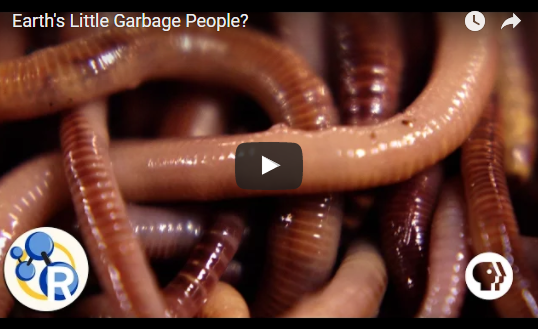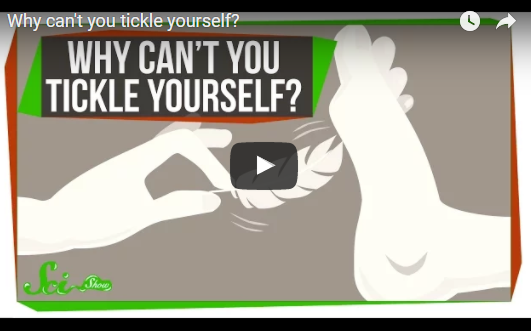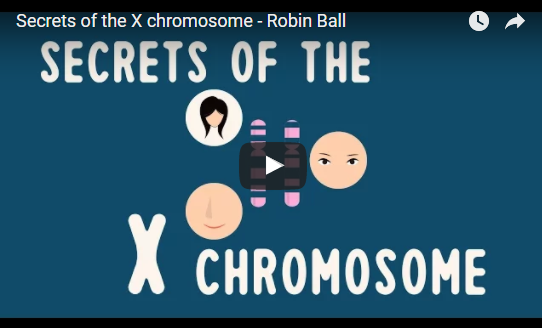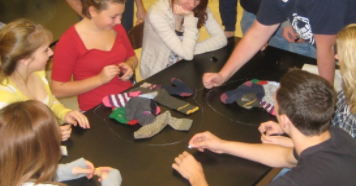
by msander | Apr 26, 2017 | Gr 4-6 Science & Tech, Gr 7-8 Science & Tech, Gr 9-10 Science, Gr. 11-12 Biology
How do earthworms eat? If you’re enjoying some tasty food today that has at least one ingredient that was farmed somewhere, you probably owe a little thanks to earthworms. How is it that these detritivores – literally dirt eaters – turn what humans find inedible into...

by msander | Apr 26, 2017 | Gr 4-6 Science & Tech, Gr 7-8 Science & Tech, Gr 9-10 Science, Gr. 11-12 Biology
You might be susceptible to “tickle attacks,” but have you ever wondered why you can’t tickle yourself? SciShow is nominated for a Webby! Vote for us! https://vote.webbyawards.com/PublicVo… Hosted by: Michael Aranda ———- Support SciShow by...

by msander | Apr 23, 2017 | Gr 9-10 Science, Gr. 11-12 Biology
The sequence of DNA that we inherit from our parents encodes directions for making our cells and giving us specific traits. Identical twins have the same DNA sequence, so how can one twin end up with a genetic disorder while the other twin does not? Robin Ball...

by cbrookallred | Apr 23, 2017 | Gr 9-10 Science
This demonstration is a great way for students to model the stages of mitosis. Images of the different stages in textbooks are static snapshots and many students have difficulty grasping the idea that mitosis happens as part of a continuous cycle. What happens?...

by msander | Apr 23, 2017 | All Science Teachers, Teaching Strategies
This video explains the teaching methodology Inquiry-Based Learning. It was created for the Inspiring Science Education Project as part of a series of videos to promote the use of Inquiry-Based Learning....







Recent Comments